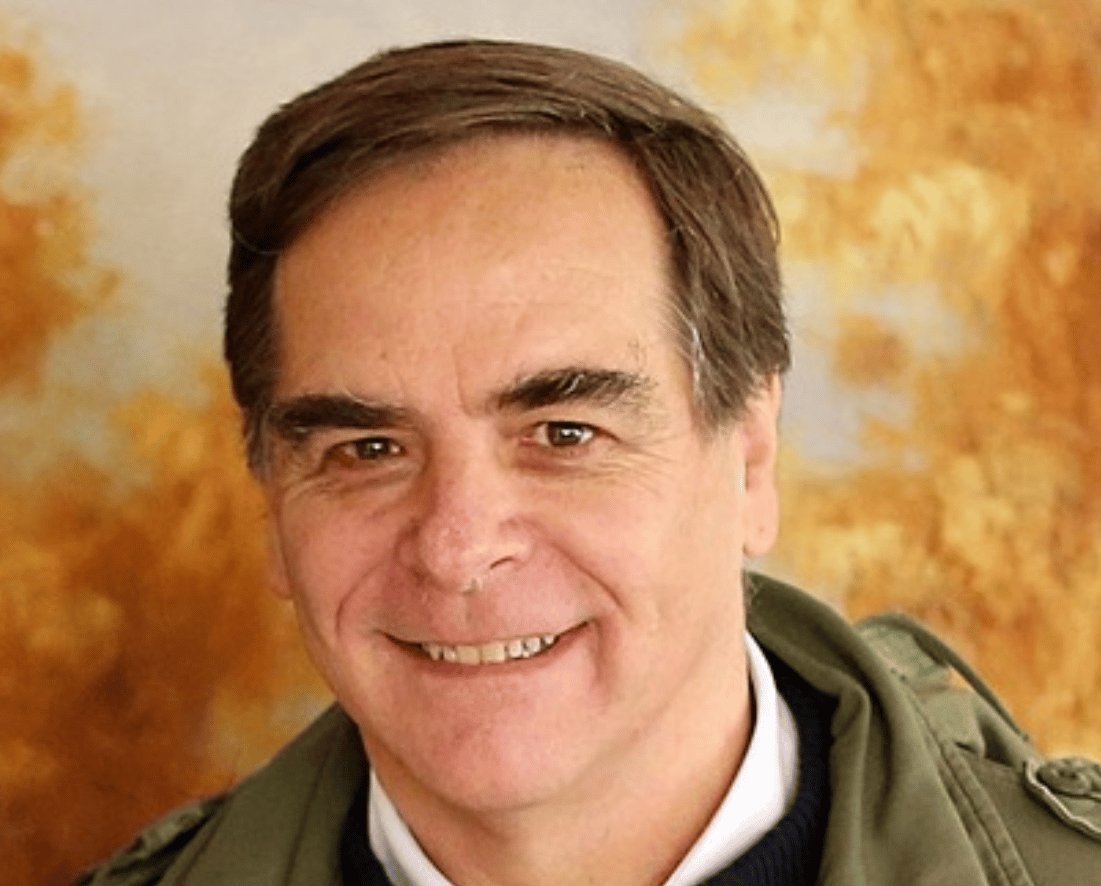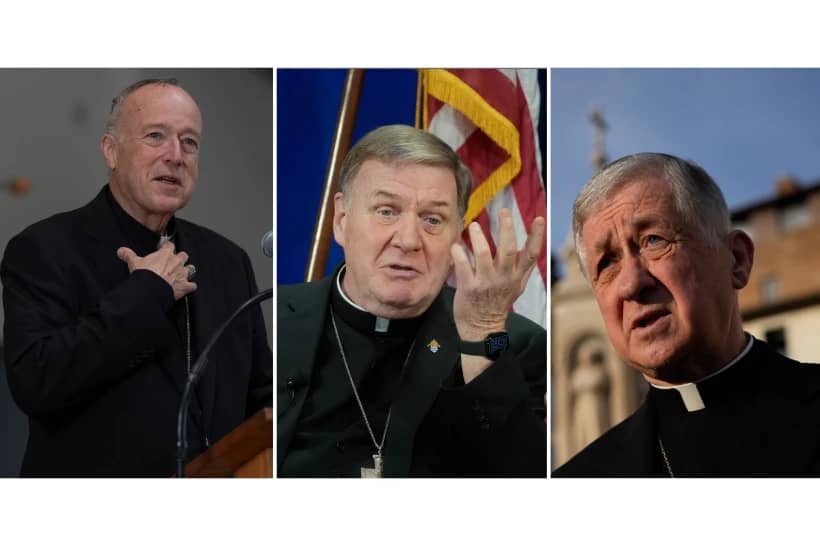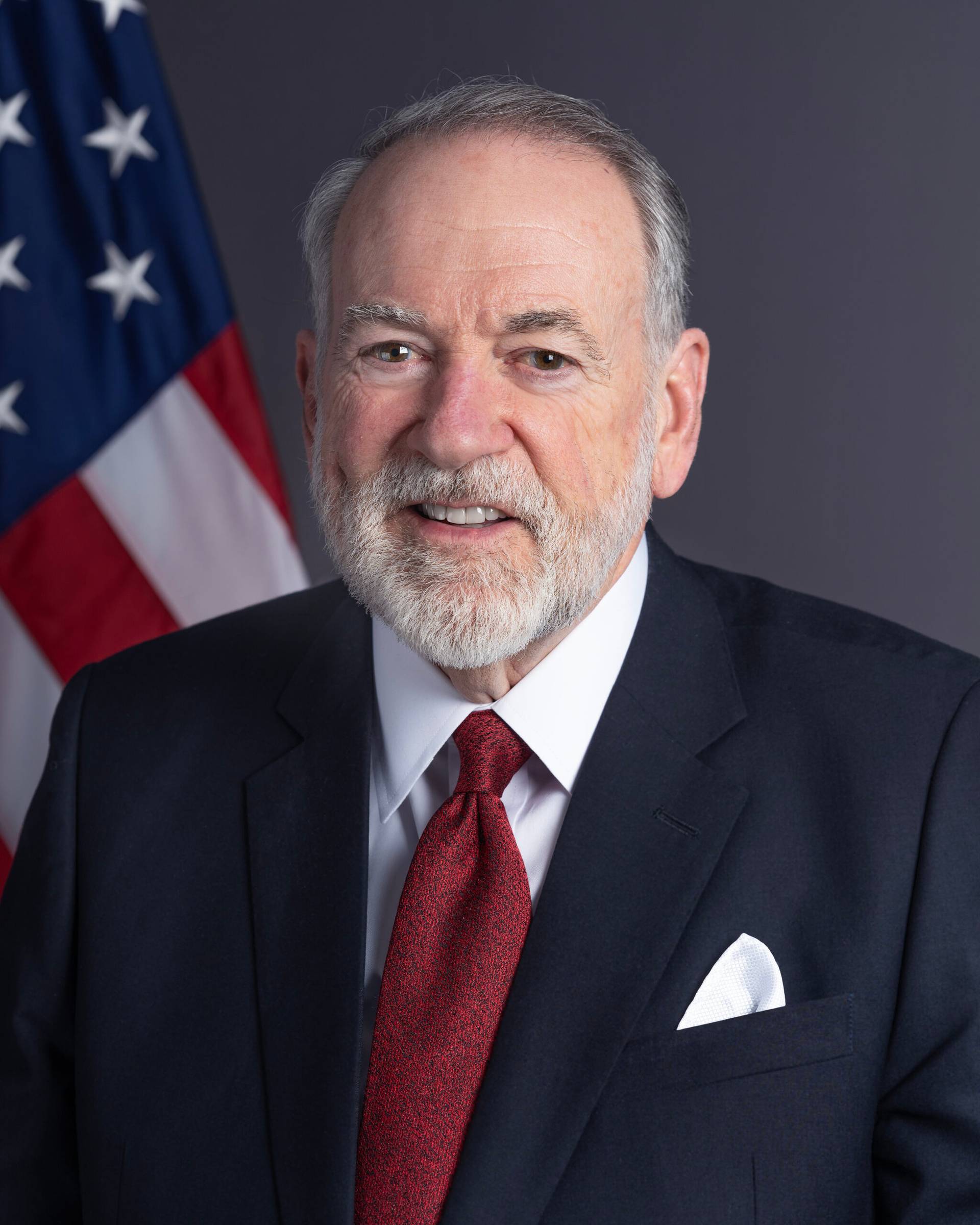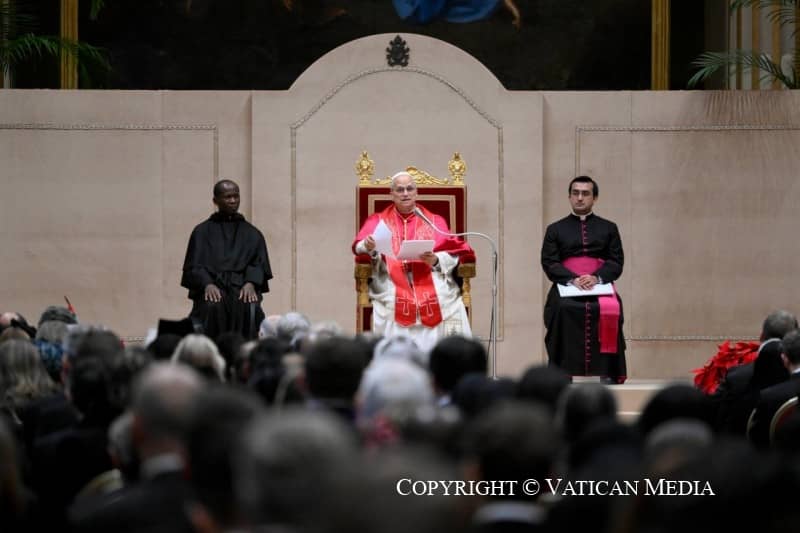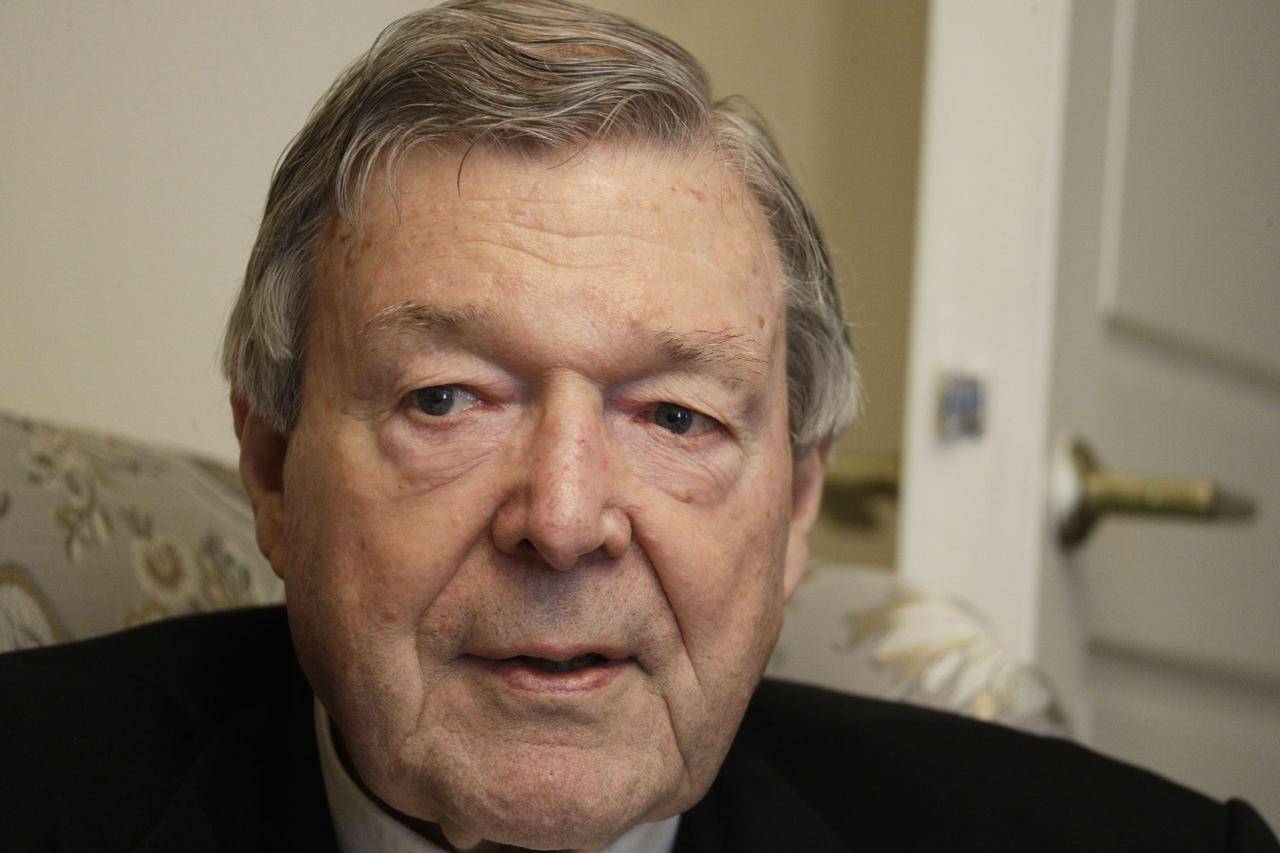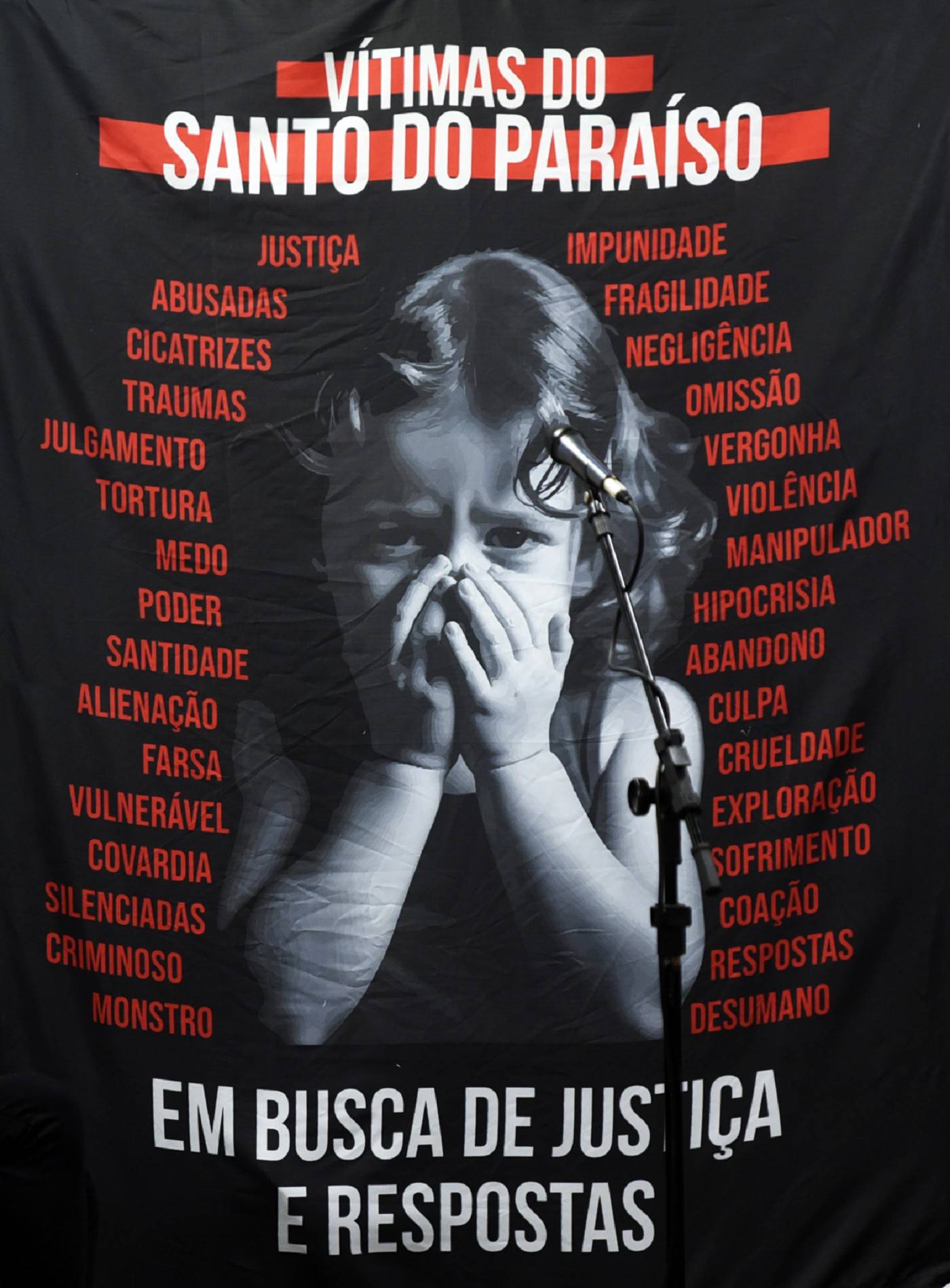[Editor’s Note: This is part two of John Allen’s two-part series on the former papal vacation site of Les Combes d’Introd in the Val d’Aosta region of northern Italy, on the border with France and Switzerland in the Alps. Part one appeared yesterday.]
LES COMBES D’INTROD, Italy – In what could either be seen as a remarkable blow for democracy in the Church, or as a craven ploy for publicity about an asset otherwise consigned to obscurity, the Salesian religious order has thrown open a choice to the public that’s usually reserved to authority.
At issue is this: What to do with a property which, not so long ago, helped form the beating heart of two papacies, but which now is a bit lost and forlorn, as well as economically unsustainable?

The question occurs in connection with a chalet and guest center in Les Combes d’Introd, a tiny village in the far northern Italian region of Val d’Aosta, located at the foot of the Alps and near the border with France and Switzerland.
RELATED: A novel contest for the future of an erstwhile papal “oasis”
Pope St. John Paul II vacationed on the property ten times from 1989 to 2004, and Pope emeritus Benedict XVI did so three times in 2005, 2006, and 2009. Both popes expressed deep fondness for the majesty of the surrounding Alpine mountains, the rustic simplicity of the isolated setting, and the kindness of the people of the Val d’Aosta region.
By now, however, the chalet has fallen into disuse because Francis has chosen not to come, and the Salesians are having a hard time sustaining the guest center without the attraction of an annual papal sojourn. They’ve thus thrown open the question to the public of what they ought to do with the property, after first being shamed out of selling it.
The Salesians have engaged a local consulting firm called CPA Service to solicit ideas for the future of the compound, featuring a 22,000-square foot guest center, a large field with a volleyball court and a soccer field, and the papal chalet itself, which has been preserved exactly as it was when John Paul and Benedict used it.
The firm has been tasked with polling architects, non-profit foundations and for-profit start-up companies, but is also soliciting ideas from the general public. They’re calling it an experiment in “open innovation.”
Herewith, five possibilities to prime the pump.
(1) Let the Pope Choose
One could make an argument that the chalet and guest center in Les Combes were built in service to the papacy, regardless of who actually holds the deed, and therefore that the pope ought to be the one who decides. By extension, one could also argue nothing should be done that would preclude the possibility of a future pontiff using the space, even if Pope Francis doesn’t seem inclined to do so.
If they had a vote, it’s entirely possible this would be the option preferred by locals, who enjoyed the reputation of being the pope’s preferred vacation spot. Probably nothing in the last half-century boosted the global reputation of Val d’Aosta more than annual shots of John Paul II hiking its mountain trails, and to this day a small museum devoted to the memory of the Polish pope is the main (read: only) attraction in Les Combes.

(2) A Home for Migrants and Refugees
This would certainly be the most “Pope Francis” option. In early Sept. 2015, Francis called on every Catholic parish, religious community, monastery and sanctuary in Europe to take in one refugee family, and he announced that the Vatican would lead by example by taking in two refugee families itself.
In this case, you have a religious order with a massive and under-utilized property that doesn’t even have to be remodeled, because it’s basically ready for people to move in right now. You also don’t need to worry about backlash from the community, since the village of Les Combes d’Introd only has two year-round residents and a handful of other families who may weekend or summer here but otherwise aren’t around.
That very isolation, however, could be the problem. Migrants and refugees need jobs as well as housing, and there’s no real industry anywhere close. The nearest large city, Turin, is an hour and forty minutes away by car, and during the winter heavy snowfall often makes the journey over narrow and winding mountain roads impossible.
If this is to be the future of the site, therefore, the concept is going to have to include employment and education – because otherwise, it wouldn’t be housing so much as warehousing.
(3) A Center for Catholic Ecology
Though Pope Francis has never set foot in the papal chalet in Les Combes, one can nevertheless make the argument that his ecological manifesto Laudato Si’, the first-ever papal encyclical devoted to the environment, was born here. The document drew on the environmental teaching of both John Paul II and Benedict XVI, much of which was stimulated by their annual appointment with nature in this place.
The Valdostani, as locals are known, are strong conservationists and intensely proud of the area’s natural beauty – one official motto for the region, in fact, is “Val d’Aosta: Unique for Nature.” The University of Valle d’Aosta already features a laboratory for “affective ecology,” dedicated to studying the affective links between humanity and nature, so there would be research support nearby.
One can imagine scholars, activists, writers and artists using the former guest house as a base of operations to examine and develop a distinctly Catholic approach to ecological issues. A handful could be in residence full-time, others would come and go, and the property could also comfortably host several large-scale conferences and events throughout the year.
(4) A Convent for Contemplative Prayer
A challenge to any future for the papal getaway is that its isolated location, coupled with sometimes impassable roads during the winter, can make coming and going difficult. One way around that is to make sure that the people using the property don’t come and go very often.
A cloistered community of contemplative men or women would certainly fit the bill. Moreover, since contemplation of both creation and the creator was a large part of the attraction for both John Paul II and Benedict XVI, such a use would be in line with preserving the legacy of the two popes with which the site is identified.
In that regard, it’s worth remembering that in 1992, John Paul II asked international orders of contemplative nuns to agree to assign a few of their members to spend a period of time, such as a year or two, living in the Mater Ecclesiae monastery on Vatican grounds to pray for the pope and the papacy. Over 20 years, the convent hosted small groups of sisters from various orders, including the Benedictines, the Poor Clares and the Salesians. The last such group moved out in November 2012.
When the monastery was repurposed as the residence of Pope emeritus Benedict XVI in 2013, that tradition of a contemplative presence near the pontiff went on hiatus. This would be a way to revive it, at least by extension, since the site at Les Combes is linked with the papacy, and the same approach could be used of asking different communities to occupy the space on a rotating basis.

(5) A Youth Camp/Retreat Center
The Salesians are legendary for their vocation for young people, stemming from the example of St. John Bosco, so turning the facility into a “John Paul II/Benedict XVI Youth Camp”, at least during the summers, would seem a natural.
It would also be consistent with the legacy of John Paul in particular, the pope who founded World Youth Day and who, as a young priest in Poland, loved to take young people into the mountains for conversation and prayer.
Assuming that can’t be a year-round use of the property, the rest of the time it could become a retreat center led by Salesians when possible, and by others when necessary. The emphasis could be on developing one’s spiritual life through the example of the two popes with whom the site is associated, or through spiritual topics especially dear to one or the other – Marian devotion, for instance, in the case of John Paul II, or Guardini and von Balthasar in the case of Benedict XVI.
Now for Your Ideas …
According to the announcement of the contest for ideas about the future of the papal residence presented in L’Avvenire, the official newspaper of the Italian bishops’ conference, anyone can submit a proposal between now and Oct. 30.
The only requirement is that proposals must be expressed in no more than 2,000 characters, which usually works out to about 250 words. Brevity in this case may not be the soul of wit, but it certainly will be of winning.
Proposals may be sent to the following email address: info@cpaservicesrl.com.
Here’s hoping the contest unleashes Catholic creativity everywhere, because by now the papal vacation spot at Les Combes, what John Paul II called this “oasis of quiet,” is part of the patrimony of the Church … and, surely, 1.3 billion followers of a tradition that prides itself on the intersection of reason and faith can come up with something.
Follow John Allen on Twitter: @JohnLAllenJr
Crux is dedicated to smart, wired and independent reporting on the Vatican and worldwide Catholic Church. That kind of reporting doesn’t come cheap, and we need your support. You can help Crux by giving a small amount monthly, or with a onetime gift. Please remember, Crux is a for-profit organization, so contributions are not tax-deductible.







